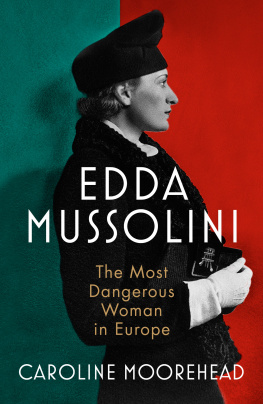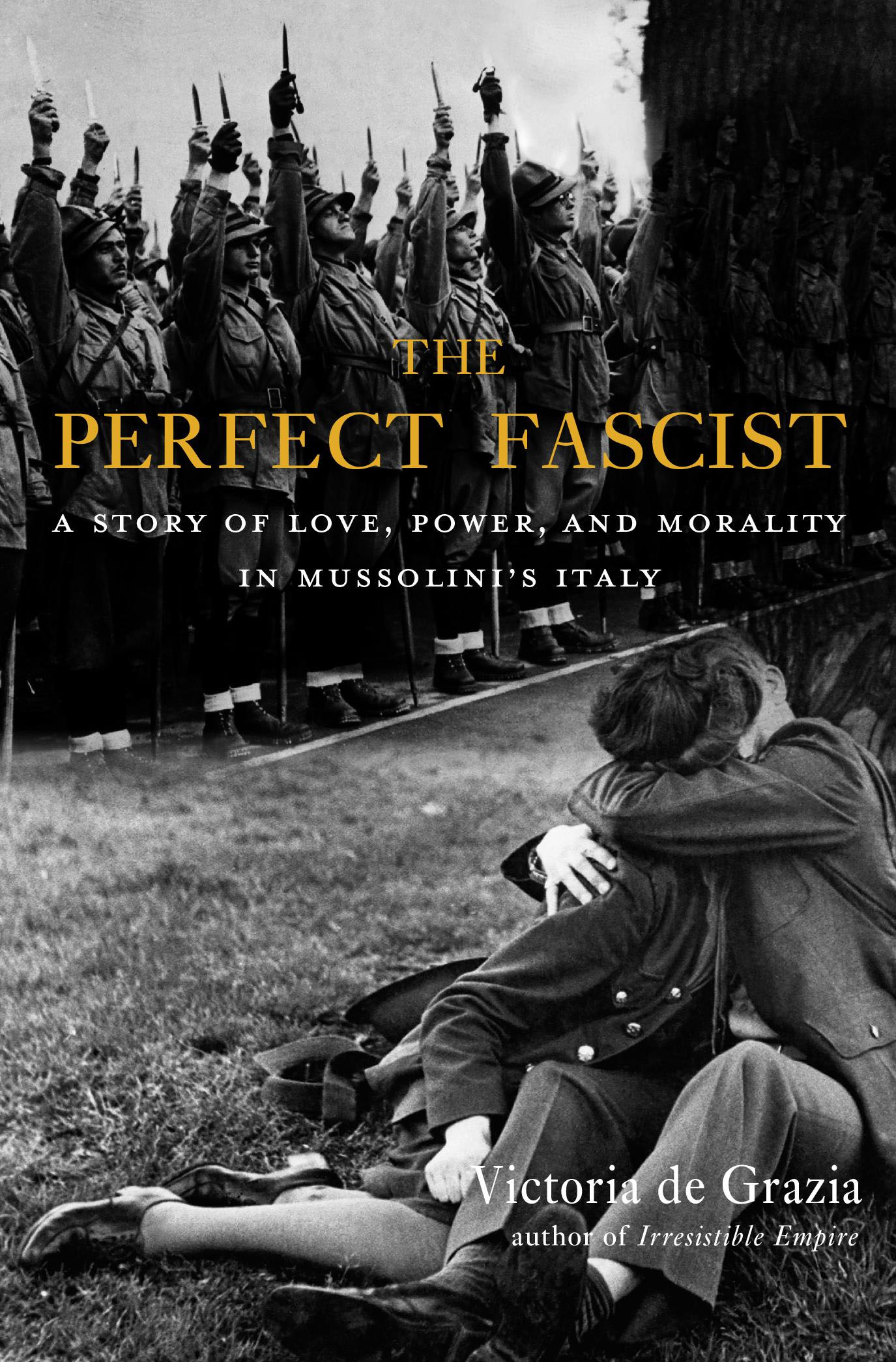Victoria de Grazia - The Perfect Fascist: A Story of Love, Power, and Morality in Mussolinis Italy
Here you can read online Victoria de Grazia - The Perfect Fascist: A Story of Love, Power, and Morality in Mussolinis Italy full text of the book (entire story) in english for free. Download pdf and epub, get meaning, cover and reviews about this ebook. year: 2020, publisher: Harvard University Press, genre: Non-fiction. Description of the work, (preface) as well as reviews are available. Best literature library LitArk.com created for fans of good reading and offers a wide selection of genres:
Romance novel
Science fiction
Adventure
Detective
Science
History
Home and family
Prose
Art
Politics
Computer
Non-fiction
Religion
Business
Children
Humor
Choose a favorite category and find really read worthwhile books. Enjoy immersion in the world of imagination, feel the emotions of the characters or learn something new for yourself, make an fascinating discovery.

- Book:The Perfect Fascist: A Story of Love, Power, and Morality in Mussolinis Italy
- Author:
- Publisher:Harvard University Press
- Genre:
- Year:2020
- Rating:5 / 5
- Favourites:Add to favourites
- Your mark:
The Perfect Fascist: A Story of Love, Power, and Morality in Mussolinis Italy: summary, description and annotation
We offer to read an annotation, description, summary or preface (depends on what the author of the book "The Perfect Fascist: A Story of Love, Power, and Morality in Mussolinis Italy" wrote himself). If you haven't found the necessary information about the book — write in the comments, we will try to find it.
When Attilio Teruzzi, Mussolinis handsome political enforcer, married a rising young American opera star, his good fortune seemed settled. The wedding was a carefully stage-managed affair, capped with a blessing by Mussolini himself. Yet only three years later, after being promoted to commander of the Black Shirts, Teruzzi renounced his wife. In fascist Italy, a Catholic country with no divorce law, he could only dissolve the marriage by filing for an annulment through the medieval procedures of the Church Court. The proceedings took an ominous turn when Mussolini joined Hitler: Lilliana Teruzzi was Jewish, and fascist Italy would soon introduce its first race laws.
The Perfect Fascist pivots from the intimate story of a tempestuous seduction and inconvenient marriage--brilliantly reconstructed through family letters and court records--to a riveting account of Mussolinis rise and fall. It invites us to see in the vain, loyal, lecherous, and impetuous Attilio Teruzzi, a decorated military officer, an exemplar of fascisms New Man. Why did he abruptly discard the woman he had so eagerly courted? And why, when the time came to find another partner, did he choose another Jewish woman as his would-be wife? In Victoria de Grazias engrossing account, we see him vacillating between the will of his Duce and the dictates of his heart.
De Grazias landmark history captures the seductive appeal of fascism and shows us how, in his moral pieties and intimate betrayals, his violence and opportunism, Teruzzi is a forefather of the illiberal politicians of today.
Victoria de Grazia: author's other books
Who wrote The Perfect Fascist: A Story of Love, Power, and Morality in Mussolinis Italy? Find out the surname, the name of the author of the book and a list of all author's works by series.












